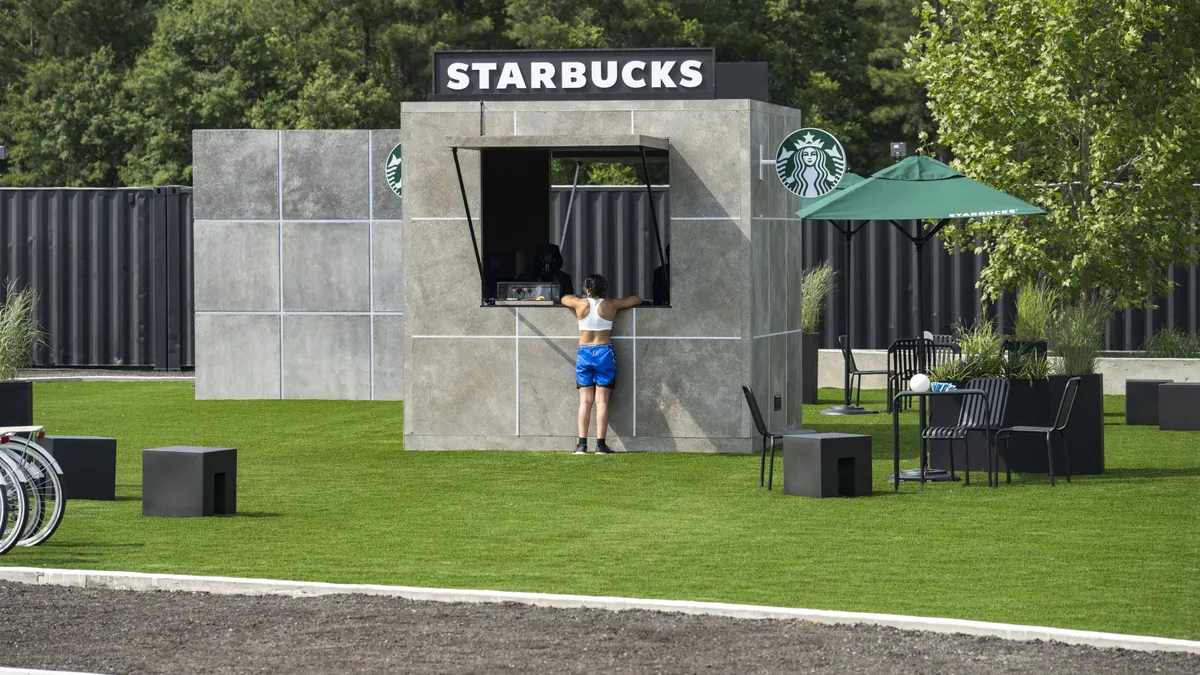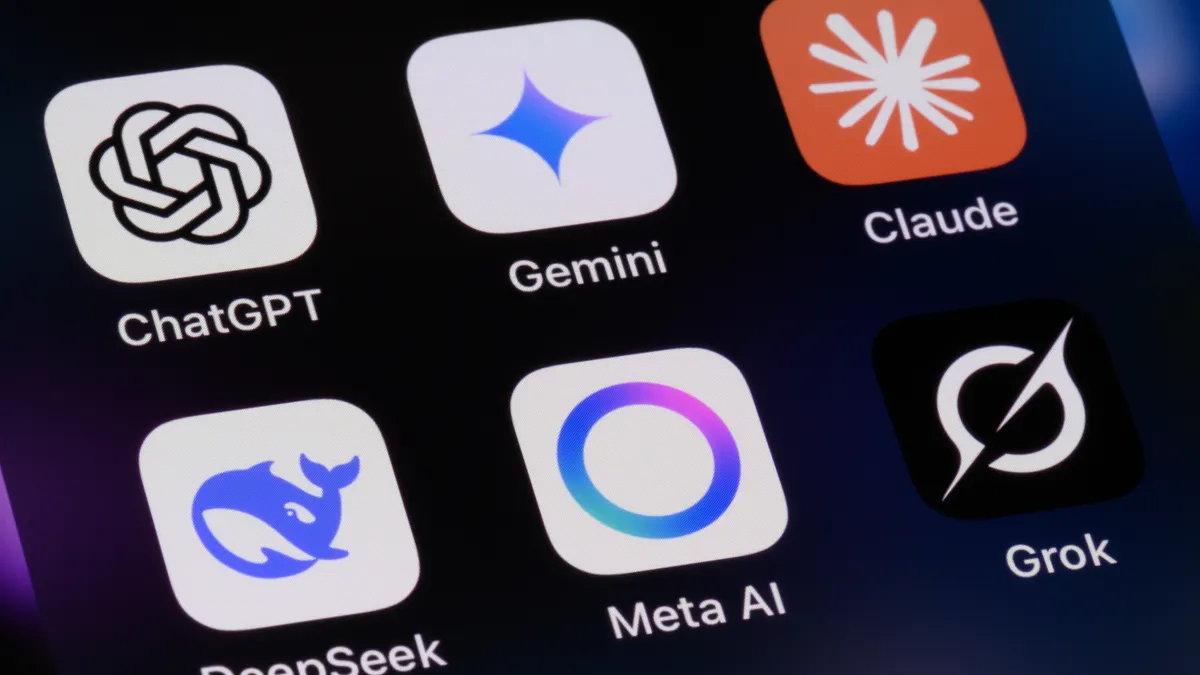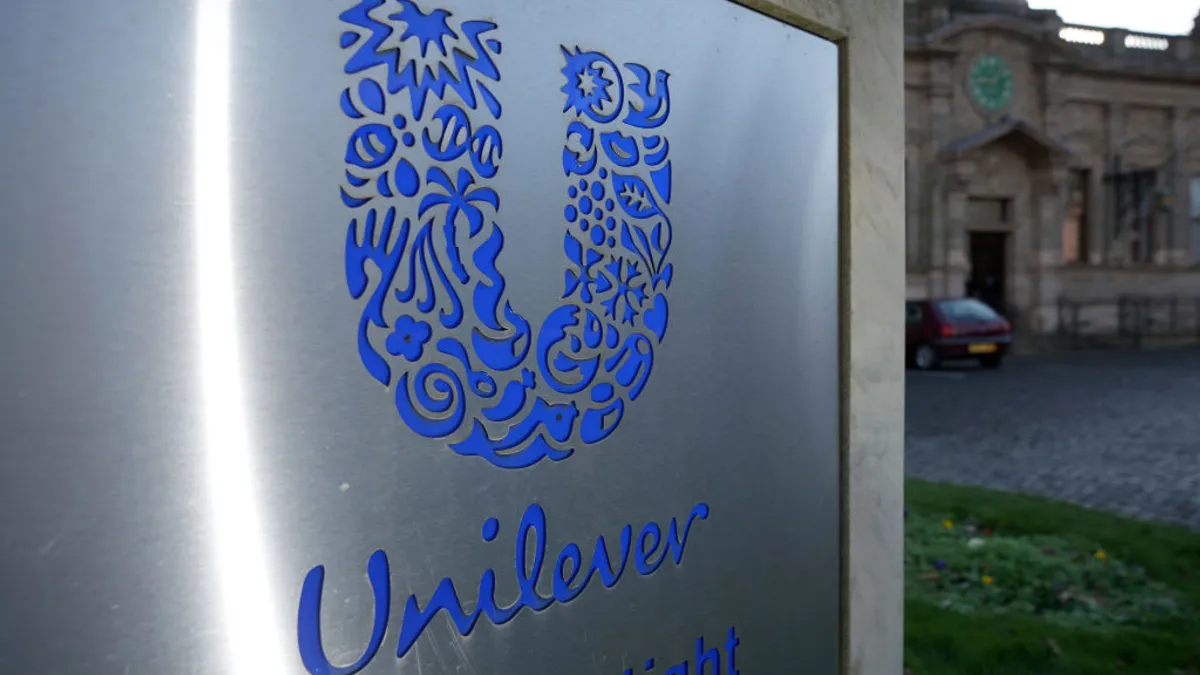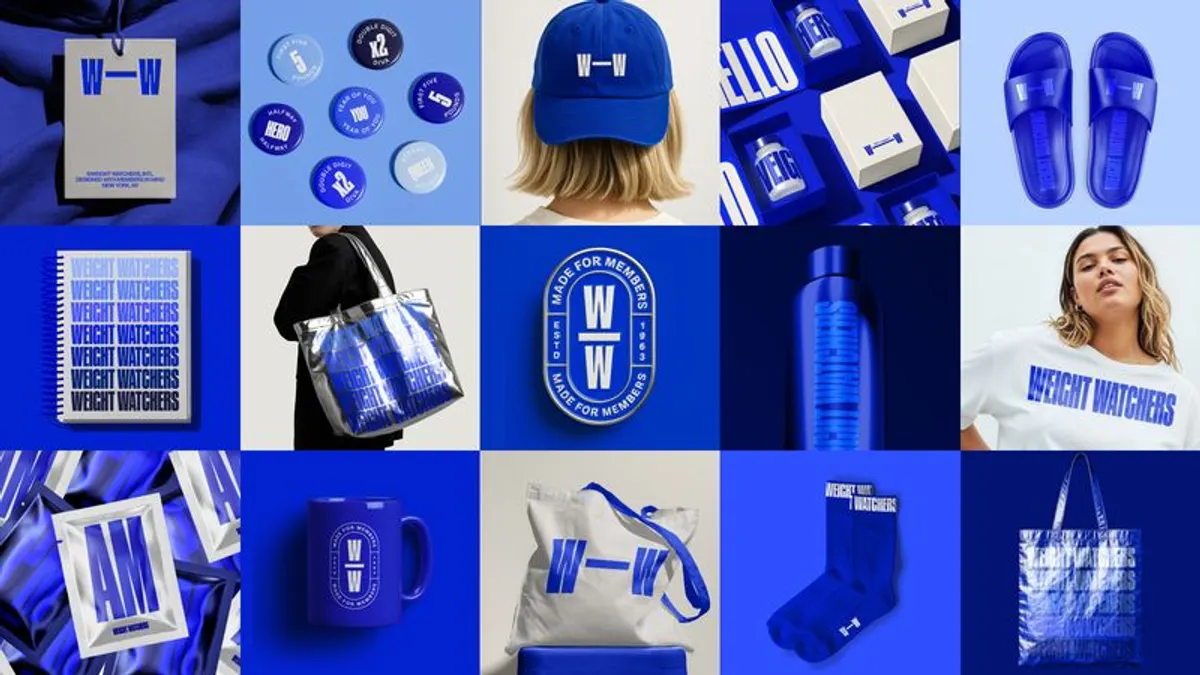The following is a guest piece by Jane Ostler, executive vice president of global thought leadership for Kantar. Opinion’s are the author’s own.
Creative for the two biggest tentpole events for advertising, the Super Bowl and the Olympics, tend to have certain emotional themes associated with them. For the Super Bowl, its primarily humor and surprise, with some nostalgia thrown in, and for the Olympics, it is largely the spirit of human competition and togetherness.
These have shown to be effective in the context of each event and, as such, are commonly used in creative to establish a strong human connection. But how these emotions are used often determines whether creative can do more than just connect, but actually predispose viewers to buy.
Two examples from the current Summer Olympics highlight this. Using Link AI, an advanced creative development solution trained on hundreds of thousands of ads assessed by real people, we analyzed Nike’s “Winning Isn't for Everyone” spot and Coke’s “It’s Magic When the World Comes Together” (Coke is a client of Kantar).
While both spots showed the ability to engage viewers, they varied in perhaps the most important metric: persuasion. The way each leveraged the “spirit of competition” emotion common in Olympic advertising may be why.
The Nike spot features athletes from around the world striving to excel. The message is that to win, athletes must display a certain ruthlessness and obsessive qualities.
In our analysis, the spot underperformed in categories such as “breakthrough,” “brand equity” and “persuasion,” as measured against the benchmarks of creative in our database. It also scored poorly on branding, missing some of the strong cues you'd normally expect from Nike, as well as in “affinity,” or emotional attachment. The average skip time for the spot was predicted to be nearly 40 seconds (we evaluated the YouTube creative), which is impressive.
Coca-Cola’s Olympics ad opens with South African swimmer Tatjana Schoenmaker defending her title in Paris 2024. We see her hugging other competitors, which then sparks a whole series of people hugging in the stadium and other locations, and then back to the stadium again, as the music builds. It’s involving and builds to a crescendo.
Our Link AI test shows the ad has strong impact and contributes strongly to brand equity. It is also highly enjoyable and people feel a high level of emotional attachment for the brand after viewing the ad. On behavioral metrics, the predicted skip time is also high.
What Nike chose to do was a bold and brave strategy, showing a ruthless determination in the depiction of athletes. In the spot, competitors are hell-bent on winning and reaping rewards. On paper that sounds like a great approach — to show winning. But it can be difficult for people to connect with what is ultimately a portrayal that is the antithesis of “togetherness.”
Contrast that with the Coke ad, which in following the journey of the swimmer in competition takes a very different approach. Here, there is a story of hope for redemption, the want to do better. These are emotions that are easy for all to feel empathy with and relate to. Both align with the emotion commonly associated with Olympic advertising, the “spirit of competition,” but one does so in a manner that not only engages but establishes a strong emotional connection through empathy.
As creative is conceptualized for the Winter Olympics, certainly some of the athletes will be less well known than those in the Summer Olympics. But this presents a great way to bring their stories to life, showing their struggles in a way that is uplifting, inspiring and relatable.
And humor, which works so well in Super Bowl advertising, should also not be forgotten. Most Olympic ads are quite weighty, serious and goal oriented, but the objective is to entertain, and marketers can transcend the orthodox “spirit of competition” ethos to deliver something a bit lighter and funny.
All advertising needs to establish a strong human connection, and the stakes are even higher in front of the huge viewing audiences tentpole events like the Olympics can deliver. But how those “accepted” set of emotions associated with such events are leveraged will determine whether such connection produces the desired result.




















